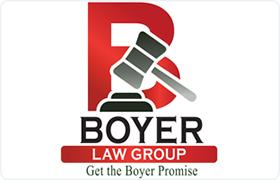Oxford RICO Act Lawyer, Michigan
Sponsored Law Firm
-
 x
x

Click For More Info:
-
Boyer Law Group
43805 Van Dyke Avenue Suite A Sterling Heights, MI 48314» view mapAccident & Injury Law Seasoned. Successful. Supportive.
Through detailed research, extensive preparation and a winning strategy developed for each client, our attorneys are fully committed to successfully resolving legal issues.
800-942-1270
Not enough matches for Oxford RICO Act lawyer.
Below are all Oxford Criminal lawyers.
Robert Edward Zielinski
Consumer Rights, Litigation, Criminal, Real Estate
Status: In Good Standing Licensed: 19 Years
Dana L. Ramsay
Age Discrimination, Animal Bite, Criminal, Bed Bug
Status: Inactive Licensed: 41 Years
Kevin Patrick Cleary
Real Estate, Family Law, Divorce & Family Law, Criminal
Status: In Good Standing Licensed: 40 Years
 William G. Boyer Sterling Heights, MI
William G. Boyer Sterling Heights, MI Practice AreasExpertise
Practice AreasExpertise
